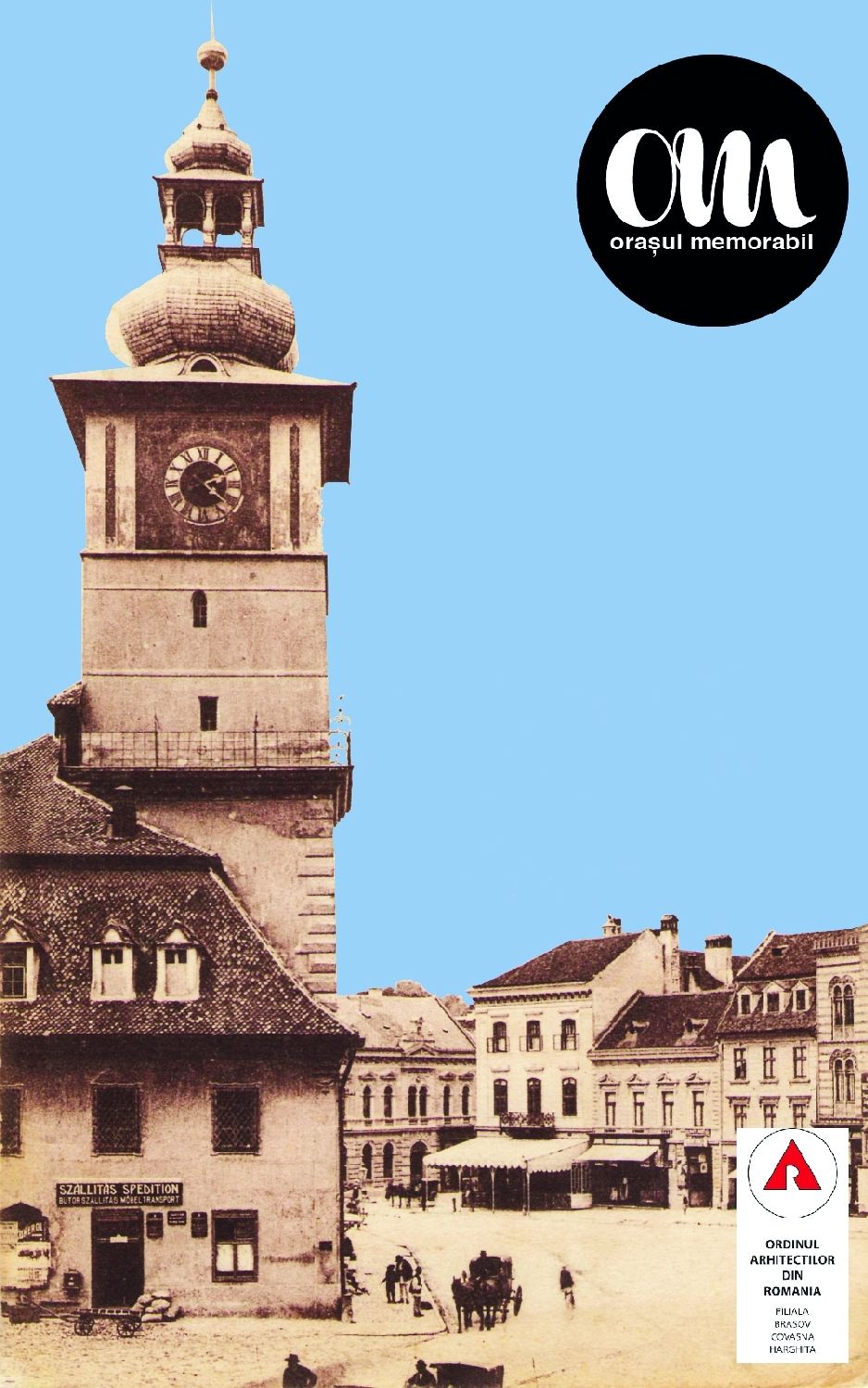The Braşov–Oraşul Memorabil Collection is a digital collection which was gathered between 2010 and 2016 due to the project with the same name, i.e. Orașul Memorabil (The Memorable City). This project is a local initiative, which was launched by two architects fascinated by the city’s history: Ovidiu Taloş and Miruna Stroe, and carried out within the Romanian Order of Architects–Braşov, Covasna, and Harghita Branch (Ordinul Arhitecţilor din România–Filiala Teritorială Braşov, Covasna, Harghita, or in short OAR–BV–CV–HR). The project aimed to digitise personal and official photographs, taken by private individuals or public institutions, which reflect the history of the city of Braşov. Financed by the Romanian Government, local authorities and the Romanian Order of Architects–National Branch, the Orașul Memorabil project secured – between 2010 and 2016 – over 4,500 personal and official photos illustrating topics such as the history of the city of Braşov in the twentieth century, the transformations undergone by the centre of the city, and the opposition to the urban systematisation policy of the communist regime. Over 200 owners of photographs considered representative for the history of the city agreed to the scanning of the items in their possession. Some people even donated their original photographs, blueprints, or lithographs. The primary criterion of selection of the photographs in the collection was that the images had to depict the public space of Braşov or its surroundings. Nonetheless, photographs reflecting the private environment were also selected where they were considered valuable from an aesthetic point of view or illustrative of the history of daily life. Thus the Braşov–Oraşul Memorabil Collection constitutes a valuable source for reconstructing daily life in communist Romania, or the history of the private sphere under communism. A large number of photographs illustrate the scarcity of goods in the 1980s, the practice of queuing, or participation in the political festivities related to Ceauşescu’s cult of personality.
Among the images reflecting the history of the city, there is a series of photographs depicting the process of radical urban systematisation in Romania during 1970s and 1980s. Urban systematisation in communist Romania was a policy outlined in July 1972 by the Directives of the National Conference of the Romanian Communist Party on the systematisation of land, cities, and villages, and their economic and social development (Directivele Conferinţei Naţionale a Partidului Comunist Român cu privire la sistematizarea teritoriului, a oraşelor şi satelor, la dezvoltarea lor economico-socială) and put into practice later by several laws such as the Systematisation Law (Legea sistematizării; Law No. 58 of 1974), and the Roads Law (Legea drumurilor; Law No. 13 of 1974) as part of the larger programme which practically made the systematisation of the territory “part of state economic planning,” while the activity of urban planners and architects was put under the strict control of the party leadership (Zahariade 2011, 37–40). The urban systematisation culminated in the 1980s with large-scale demolitions within the city centre of Bucharest which made place for the megalomaniac urban project of the so-called House of the People (Casa Poporului). This programme also led to the destruction of entire areas of Braşov, where new districts of blocks of flats were constructed, in line with the urban development principles and architectural style promoted by the regime. The owners of the demolished houses or their acquaintances took photographs during the demolition process. The authors of these photographs told the initiators of the Orașul Memorabil project that the pictures depicting the acts of demolition were taken because of their emotional bond with their houses or the street where they had spent their childhoods. This simple gesture involved taking significant political risks under communism, for it could have been interpreted by the authorities as a form of opposition to the urban systematisation policy. In other words, taking and keeping the photographs embodied an act of cultural opposition to the communist regime. Nowadays, these images are part of the collective memory of the urban community, as they have been made public through the Orașul Memorabil project. The collection of photographs which was gathered through this project is partially available online, and through annual displays in public areas of the city of Braşov.

